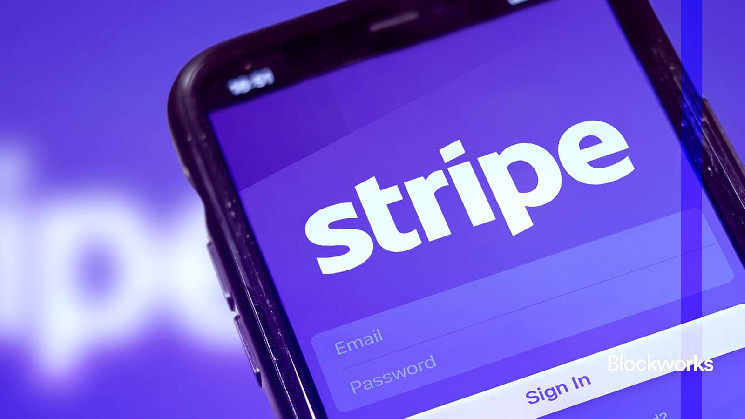Following months of build-up, the fintech giant Stripe officially brought back crypto payments in the US, a product lead announced yesterday via X.
Customers can pay merchants in USDC or USDP on Ethereum, Solana, and Polygon, while US-based merchants are paid in dollars. Stripe takes 1.5% of the transaction amount, which is lower than the 2.9% plus $0.30 fee it typically charges on card payments. The move comes nearly seven years after Stripe discontinued its first crypto experiment amid the growing realization that bitcoin would not become a blockchain optimized for payments. Stripe began its foray into crypto in 2014.
The check-out flow, which you can mess around with here, involves connecting a crypto wallet and signing a transaction from Stripe before paying with your stablecoin of choice. Interestingly, fees appear to be abstracted away from the user, so Solana isn’t really given a chance to flex its cheap fees relative to Ethereum’s.
On one hand, it’s a big deal for crypto adoption that Stripe is dipping its toes back into crypto. Most of anyone who has paid for things on the internet has interacted with Stripe’s payment flows.
Stripe’s stablecoin usage can make it easier for US merchants to sell to international customers, since the fintech firm charges an extra 150 bips for international cards. In its first 24 hours of crypto reintegration, customers from more than 70 countries paid with stablecoins on Stripe, according to another Stripe employee.
But still, cards are certain to account for a large majority of US internet payments for the foreseeable future. Crypto payments solutions like Stripe’s (and Shopify’s before it) have a bit of a discoverability problem: a minority of people use crypto wallets, and there’s no central repository of merchants for crypto users to find crypto-friendly merchants. (I learned this firsthand while trying to pay for things with stablecoins this summer).
There may also be structural forces getting in the way of Stripe’s crypto payment solution catching on as currently conceived. In a blog post, Nico Pei from Sky Lab characterized Stripe’s payment solution — which relies on wallets and their sometimes-onerous requirements — as “useful for crypto-natives” but “unintuitive” for everyone else.
Pei also characterized the 1.5% fee, which is already 50% cheaper than current alternatives, as “predatory” given how little crypto payments actually cost Stripe.
And for crypto payments to actually compete with the credit card giants, Pei says, they’ll need to compete with the sprawling ecosystem of cash back, travel points, and loyalty rewards that incentivize customers to make use of credit cards.
Stripe reintegrating crypto is certainly an encouraging sign for the uptake of crypto payments — something I’m always intrigued by for Lightspeed, given Solana’s focus on payments use cases.
But for the time being, I tend to agree with Pei that this current iteration is likely to tickle a small group of crypto enthusiasts, and leave much of the rest of the payments world untouched.
Start your day with top crypto insights from David Canellis and Katherine Ross. Subscribe to the Empire newsletter.
Explore the growing intersection between crypto, macroeconomics, policy and finance with Ben Strack, Casey Wagner and Felix Jauvin. Subscribe to the Forward Guidance newsletter.
Get alpha directly in your inbox with the 0xResearch newsletter — market highlights, charts, degen trade ideas, governance updates, and more.
The Lightspeed newsletter is all things Solana, in your inbox, every day. Subscribe to daily Solana news from Jack Kubinec and Jeff Albus.
 blockworks.co
blockworks.co
